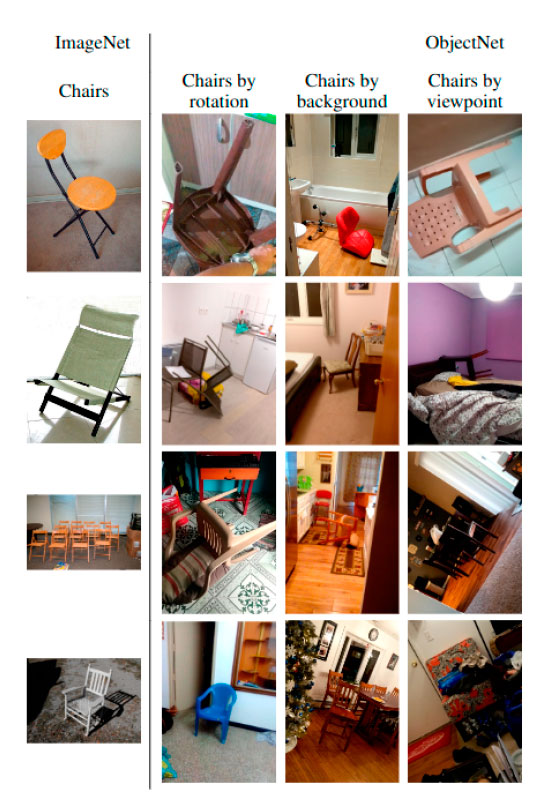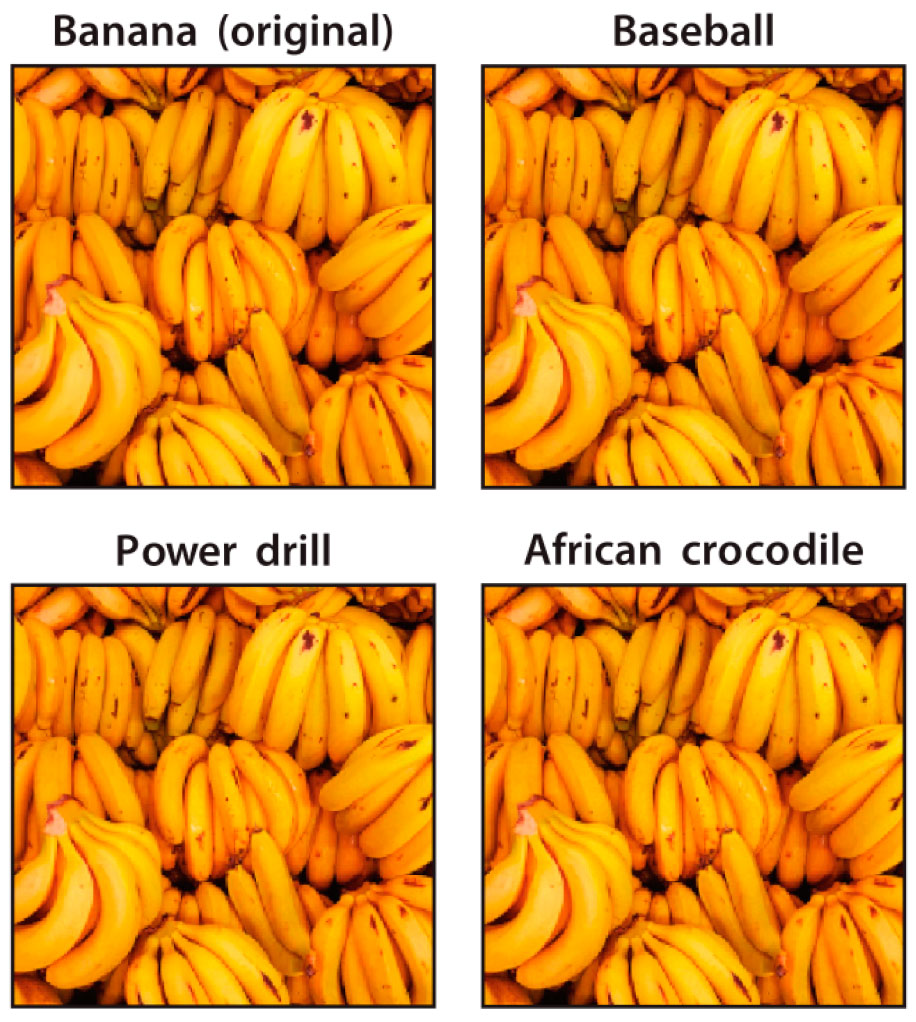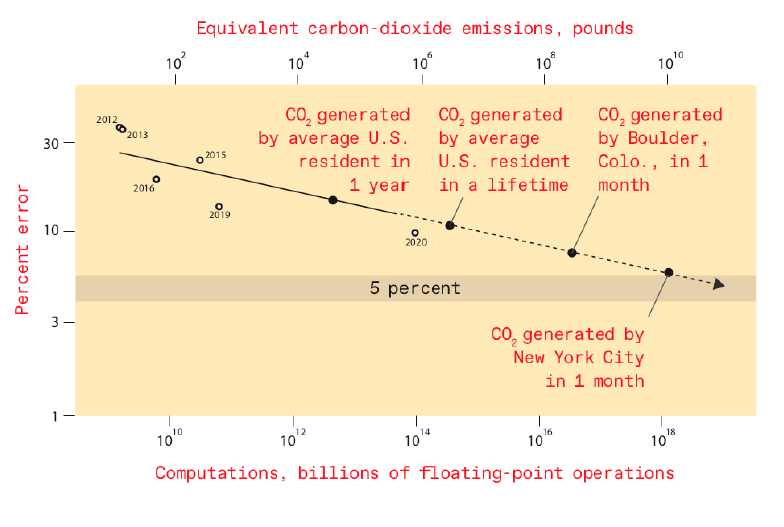The project “Harnessing Vision Science to Overcome the Critical Limitations of Artificial Neural Networks” has been one of the 5 projects selected in the Fundamentals Program of the BBVA Foundation
-
The project is co-led by Marcelo Bertalmío of the IO-CSIC, by Jesús Malo from the University of Valencia and Felix Wichmann from the University of Tübingen (Germany).
Madrid / February 19, 2024
The call for the Fundamentals Program of the BBVA Foundation has been resolved with the granting of aid of 600,000 euros per project for the development of 5 fundamental and interdisciplinary research in different areas of science.
Among them, the winning project in the category “Mathematics, Statistics, Computer Science, Artificial Intelligence” was the project led by Marcelo Bertalmío, from the CSIC Institute of Optics; and in which Javier Portilla also participates, also a member of the Science group of Image and Vision.
Latest news
The objective of this Foundations Program is to support exploratory research into central or foundational questions of a scientific field or the intersection of several disciplines.
In this 2022 call, a total of 305 applications have been evaluated and the winning projects will have an execution period of 3 years.
The main objective of the project “Harnessing Vision Science to Overcome the Critical Limitations of Artificial Neural Networks (VIS4NN)” is to develop a new type of artificial neural networks whose behavior is more similar to that of a human observer and that do not have the limitations of current artificial intelligences that make them unable to perform on their own some tasks that are trivial for humans.
Current neural networks are based on the first models of the functioning of vision neurons that, although they are already surpassed by better ones, have allowed artificial neural networks to achieve amazing results in recent years, having multiple applications. in science, industry and society in general.
However, the expectations of the capabilities of these artificial neural networks are colliding with insurmountable limitations that exclude them from being able to perform some tasks such as being able to drive a car completely autonomously.
Of the current limits of artificial neural networks, three are considered the most critical:
- Generalization problems. To perform their task well, neural networks need to be trained with a huge data set, which covers all the possibilities of the real world because if they find something unforeseen in their training data set, their chances of getting it right get much worse.

- Susceptibility to adversarial attacks. It’s easy to make the neural network fail if you know how it works.

- Amount of training data and associated energy costs. The amount of energy that must be consumed to train the increasingly better neural networks increases exponentially and is becoming one more problem to add to global warming.

These new neural networks will require much less data to train and will be simpler, reducing CO2 emissions while eliminating the limitations of the previous model.
IO-CSIC Communication
cultura.io@io.cfmac.csic.es
Related news
Rise and decline of spanish optical instrument technology: the telescope of the daza de valdés optics institute (1940-1970)
Madrid / January 12, 2024A recent study published in the journal "Asclepio: Revista de Historia de la Medicina y de la Ciencia" analyzes the rise...
Using Decoupled Features for Photorealistic Style Transfer
Madrid / October 10, 2023A team of researchers from York University of Toronto and the Institute of CSIC Optics has developed a new automatic...
Two photographs of María Egües Ortiz (1917-2008): a periscopic gaze in times of misty silence
Madrid / July 26, 2023This essay published by our colleague Sergio Barbero from the IVIS group focuses on the figure of María Egües Ortiz (...





